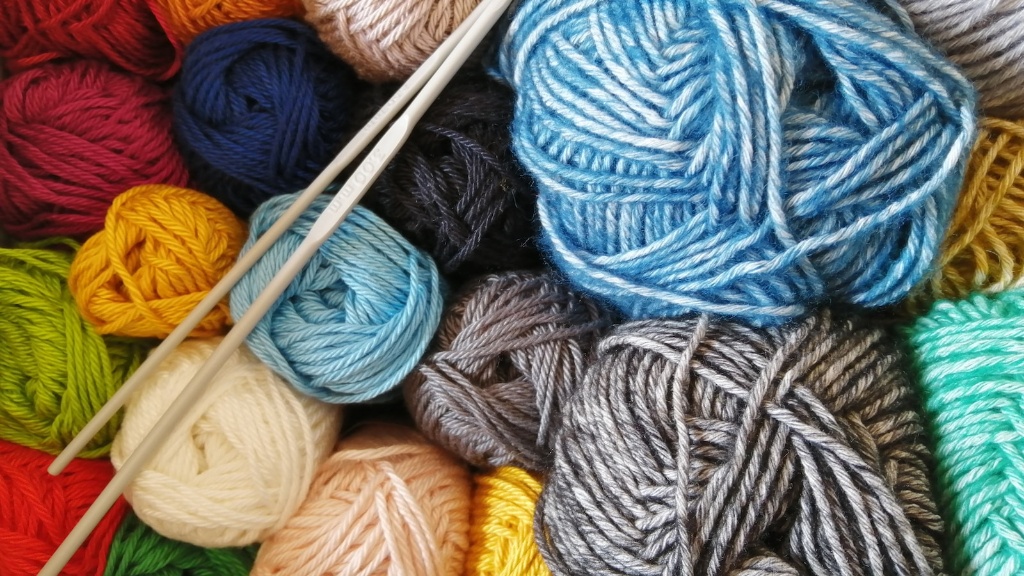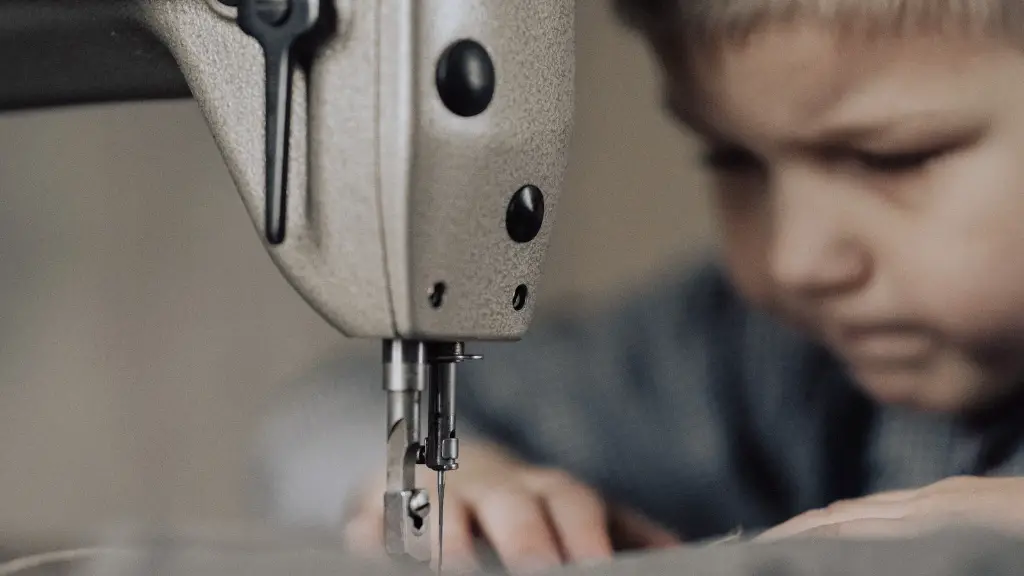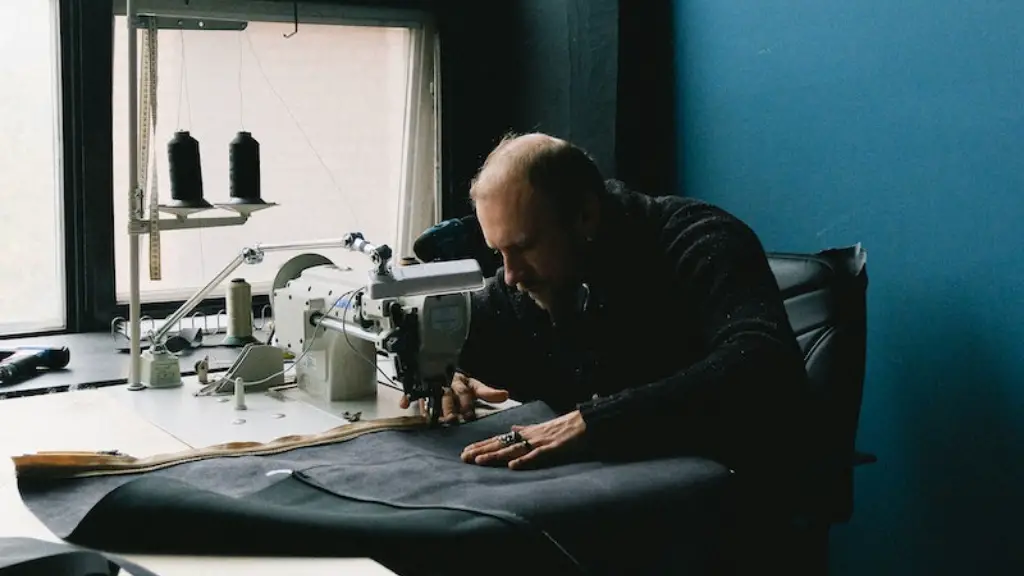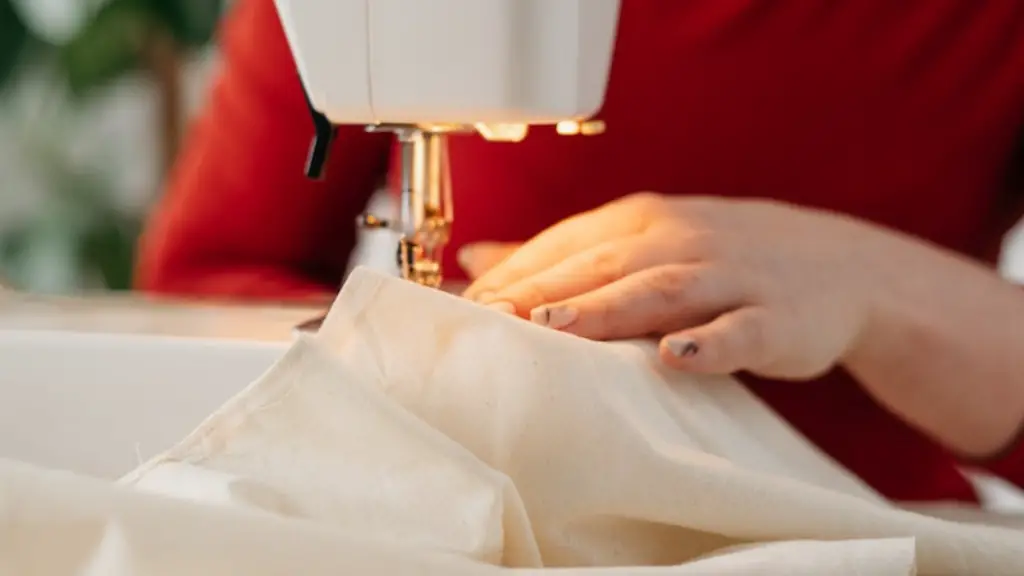How to Fix Sewing Machine Bobbin Tension
When it comes to fixing a sewing machine, one of the most common problems sewers encounter is bobbin tension issues. A sewing machine uses the tension of the bobbin thread in order to secure the fabric and stitch together two pieces of material. If the bobbin thread tension is too low, the fabric won’t hold together and if it’s too high, the stitch won’t be properly formed.
According to REBECCA TINGEY, an international instructor with experience in garment construction, “thread tension is a critical aspect of any sewing machine and is ultimately dependent on the size, type and thickness of the fabric being stitched.”
The most common cause of bobbin tension issues is the installation of the bobbin. When the bobbin is incorrectly wound and incorrectly inserted into the machine, it can cause tension problems. It’s important to remember that the bobbin should be wound clockwise.
Before adjusting the bobbin tension, sewers should check the tension of the upper thread by performing a few test stitches on a scrap of fabric. If the stitches aren’t forming properly, the next step is to adjust the bobbin tension.
To do this, remove the bobbin and examine the tension disk, the small, round disk at the end of the bobbin. This tension disk is what sets the tension of the bobbin thread. If it is too loose, the bobbin will need to be tightened. This can be done by hand by lightly twisting the disk counter-clockwise with a pair of needle nose pliers. If the bobbin is too tight, it should be loosened by gently twisting the disk clockwise.
It’s important to note that the tension disk should only be adjusted a tiny bit at a time and it should be tested with the upper thread after each adjustment. Sewers should start by making the smallest possible adjustments and then working their way up until the correct tension is achieved.
Once the tension has been adjusted, sewers should rethread the machine and test it on a scrap of fabric. If the threads are still not coming together as they should, more adjustments may need to be made.
Cleaning the Bobbin
Before adjusting the tension, it’s important to make sure the bobbin is clean. Bobbins are made of metal, which can attract lint and dust over time. This lint and dust can interfere with the tension of the bobbin thread and cause problems. To clean the bobbin, a soft brush or cloth can be used to remove any buildup.
Once the bobbin is clean, sewers should ensure that the bobbin is being inserted into the machine correctly. The bobbin should be inserted so that the bobbin threads are running in the correct direction. It’s also important to make sure the bobbin is seated securely in the machine.
Sewers should also make sure that the bobbin is wound correctly. If it is too loosely wound, it can cause tension problems. If the bobbin isn’t correctly tensioned, the bobbin thread won’t be able to pull freely and securely through the fabric.
Checking the Needle
The sewing machine needle can also be a culprit when it comes to tension problems. If the needle is bent, dull, or it doesn’t match the size and type of fabric being sewn, it can cause tension problems. It’s important to check the needle and make sure it is in good condition before adjusting the bobbin tension.
A routine examination of the needle is also important. Each time a spool of thread or a different type of fabric is used, the needle should be replaced. This will ensure that the needle isn’t wearing out and that the tension remains balanced.
It’s also important to make sure the needle isn’t too close to the bobbin case. If the needle is too close, it can cause the fabric to become caught in the bobbin area and this can create tension problems. Sewers should make sure the needle is at a comfortable distance from the bobbin before they start sewing.
Adjusting the Upper Thread Tension
In addition to adjusting the bobbin tension, it’s also important to make sure that the upper thread tension is correct. If the upper thread tension is too loose, the thread won’t be able to securely hold the fabric and this can cause the bobbin thread to become uneven.
To adjust the upper thread tension, sewers should consult their sewing machine manual. Most sewing machines have a tension disk located at the top of the machine. This disk can be adjusted to increase or decrease the tension of the upper thread. It’s important to make small adjustments and test the tension with a scrap of fabric until the desired results are achieved.
Testing on Different Fabrics
Finally, when it comes to fixing bobbin tension issues, sewers should test their machine on a variety of fabrics. Different fabrics can require different tensions and sewers should experiment until they find the right tension. Different fabric weights, textures, and fibers can all require different tensions so it’s important to make sure the bobbin tension is balanced and the upper thread tension is correct.
It’s also important to test the machine on a variety of seams. Straight seams and zigzag stitches might require different tensions, so the machine should be tested on each of these to make sure the tension is correctly adjusted.
Professional Assistance
If bobbin tension issues remain after trying the above tips, sewers may need to take their machine to a professional for help. Professional repair technicians can adjust the tension properly and ensure that the machine is running as it should. Aside from tension issues, they can also check the machine for wear and tear, changes in components and other potential issues that could be causing problems with the machine.
Professional repair technicians can also provide valuable tips on how to use the machine more efficiently. They can recommend special supplies, instructional materials and more. Professional technicians can also check to make sure that the machine’s components are all in good condition, which is important for producing quality, professional results.
Regular Maintenance
Aside from adjusting bobbin tensions, proper maintenance is important to keeping a sewing machine running smoothly. Regular maintenance includes cleaning the machine, oiling the parts, and keeping all of the moving parts free of dust, lint and other debris. Proper care will ensure that the machine is running at its best and it will help prevent future tension problems.
Sewers should also regularly check the tension of their machine and make small adjustments as needed. If the machine is used on different fabrics or threads, the tension should be adjusted accordingly. Finally, sewers should always read their sewing machine manual and consult sewing experts for advice on maintaining and adjusting their machine.





